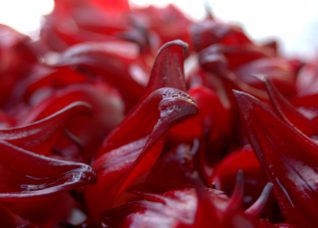
MinerAlert

MinerAlert
Hibiscus sabdariffa
Malvaceae
Roselle, Sour tea, Red sorrel, Karkade
Flor de Jamaica, Jamaica, Rosa de Jamaica, Acedera de Guinea, Obelisco, Rosamorada

Mainly the flowers and the leaves.
Safety/Precautions:
Before you decide to take any medicinal herb or herbal supplement, be sure to consult with your health care professional first. Avoid self-diagnosis and self-medication: Always be on the safe side!